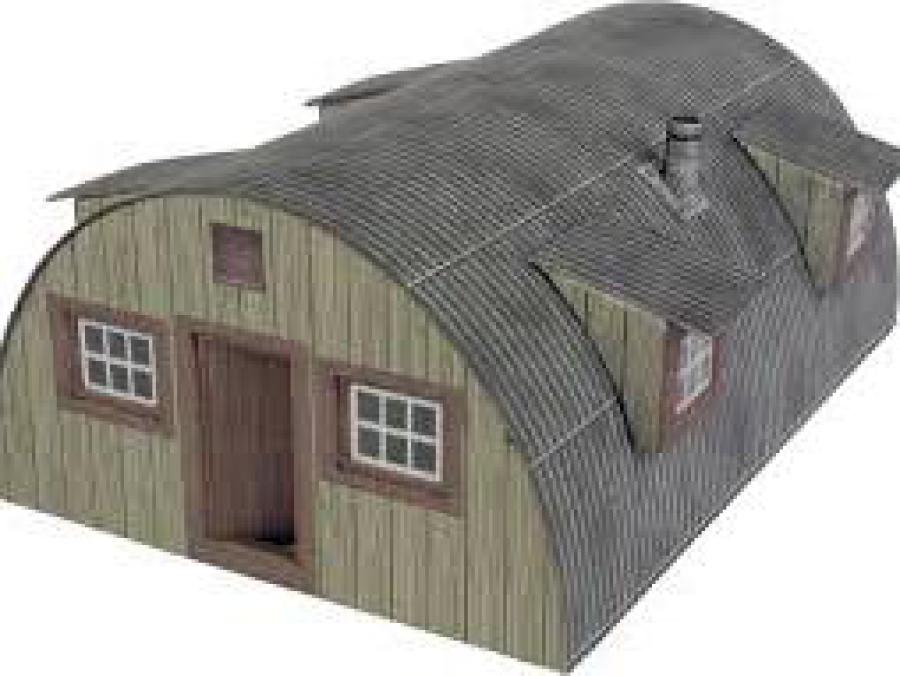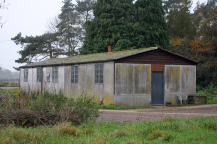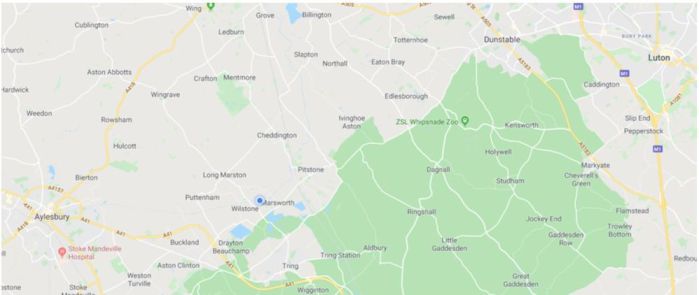About the Hostel
Hostel or Camp?
Efforts have been made throughout this web site to use the term 'hostel' rather than 'camp'. This is because former residents feel the word ‘camp’ has negative associations with the 'forced labour camps', 'prisoner of war camps' and 'concentration camps' that many of them had to endure during wartime. In contrast to this, Marsworth Hostel represented peace, security and freedom to its residents. Nevertheless some references to 'Marsworth Camp' may remain, particularly in contemporary newspaper articles and some direct quotations. The authors of the web site hope that readers will understand the difficulties of eliminating all references to 'camp'.
Overview
Marsworth was one of some 60 resettlement hostels established to house Polish ‘displaced persons’, following the 1947 Polish Resettlement Act. It was recognised that the Polish people – servicemen and their families, who had been forced from their own country, had made a major contribution to the Allied war effort. There was also an urgent need in Britain for workers to help
rebuild the country after the effects of war.
To house some 250,000 people was no mean undertaking. Many were those who, having escaped from Siberia with the Polish Army in 1942, had spent the war in Displaced Persons camps set up by the British in India and East Africa. Fortunately a convenient solution was at hand: military camps which had been occupied by American and Canadian servicemen during the course of the war, but which were now empty. There were many such camps in the UK and these were now taken over for housing Polish families. They were administered by the National Assistance Board, local authorities and the National Service Hostels Corporation.
Accommodation and Employment
Marsworth camp consisted of a large number of huts – both Nissen and more traditional rectangular huts, with basic plumbing and electricity. These were upgraded to make them suitable for families to live in.
The huts had previously been used during wartime to accommodate military personnel associated with USAAF and RAF operations at Cheddington Airfield. The huts were scattered over a large area and organised into a number of 'sites'.
Most huts accommodated two to three families. Basic partitions separated the families, but within their areas partitions were made of curtains or blankets. Heating was by a coal-fired cast iron stove, but the huts were essentially very cold in winter and very hot in summer.
At first catering was on a communal basis, with daily meals supplied by the National Assistance Board, however
in time cooking stoves were installed in the huts and the families were able to cater for themselves.
Getting work was an early and urgent priority. Local firms quickly recognised that
the hostel was a great source of either skilled labour or of able-bodied people who were keen to learn trades. Sometimes transport was provided, but many had to get to work on foot, by bicycle, train
or bus.
Click here to see who lived at the hostel and where they worked.
From very early on the population of the hostel diminished as families, having become reunited, were able to consider their futures and many decided to leave for America, Canada or elsewhere. While the close community of the Hostel offered stability, the desire to have their own homes was great. So as and when they were able to buy or rent a house, many families moved out. This was often to the areas where they worked, with many moving to the Luton / Dunstable / Pitstone areas near Marsworth.
Click here to learn more about life at Marsworth Hostel
Schooling
Education was another important priority, and many younger children attended the local Marsworth School, some staying for several years. Others went to a convent in Tring or boarded at Catholic schools elsewhere in the country.
Click here to learn more about Schooling
Leisure Time
Once the initial trauma of settling in and coming to terms with a new country and new language, residents of the Hostel quickly found opportunities to enjoy themselves in their leisure time. Sharing activities together was a high priority, with opportunities for the younger people to find companionship. They were also able to enjoy a pleasant rural area, with nearby canals and reservoirs. A large playing field offered opportunities for sports, especially football.
Religion
Religion was a very important part of life at the Hostel. Most of the residents were Roman Catholics to whom their religion was a great comfort and a means of reinforcing their Polish identity. One of the Nissen huts was converted into a chapel; a priest was appointed and regular masses were held.




